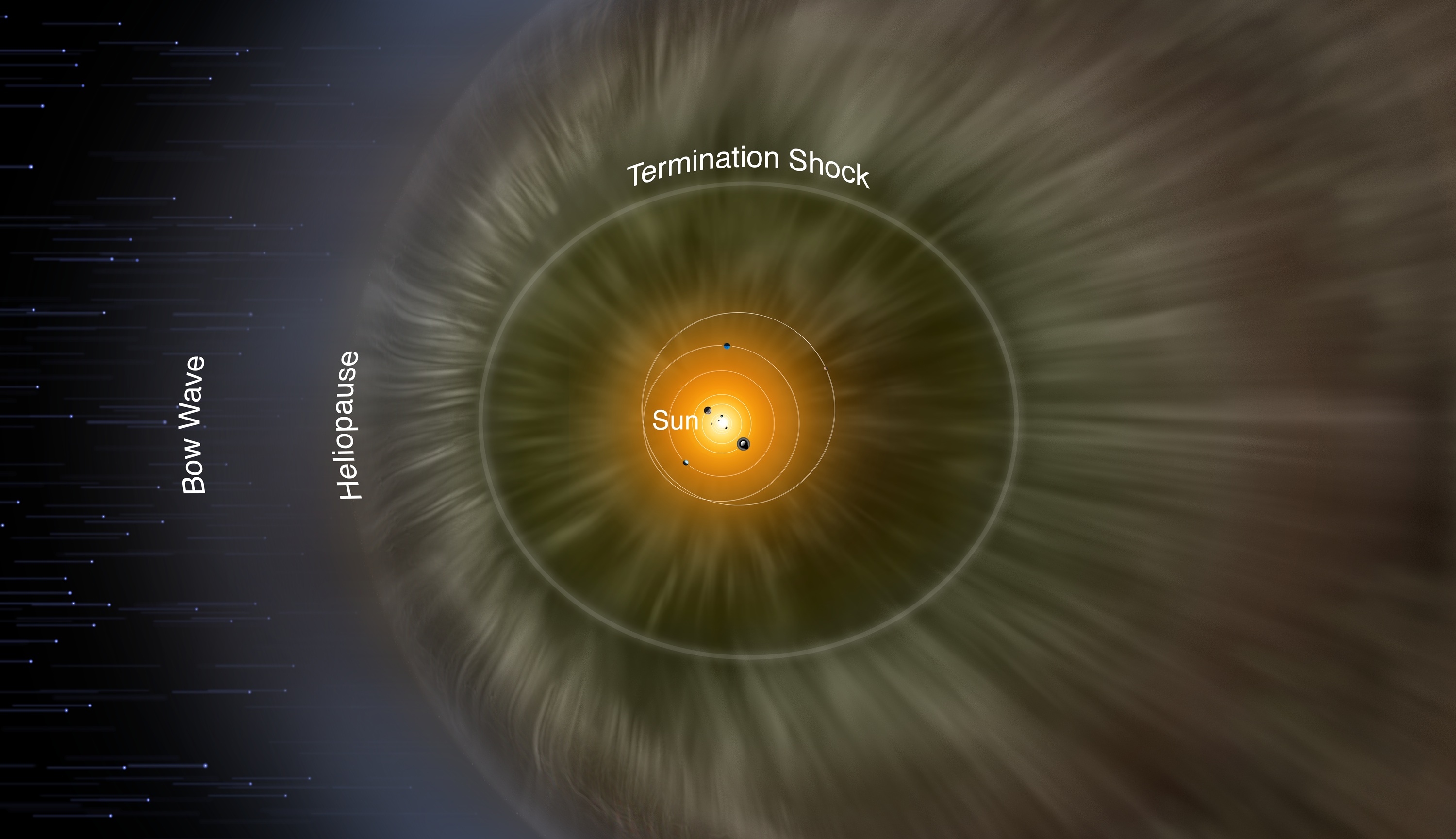While the list of “manmade space structures” remains few and far between, with the recently-deployed James Webb Space Telescope being the latest member of the list, few can commandeer attention like the International Space Station (ISS) can.
Launched back in 1998, the massive structure flying about in low Earth orbit is humanity’s most ambitious attempt at living in space yet. But don’t let its mundane visage fool you; the space station is blitzing across the sky at a blistering 27,600 km/h (17,000 mi/h); it goes around the Earth so fast that it manages to see about 16 sunrises and sunsets each Earth day.
And now, NASA has recently announced that the 23-year-old space station is in for a wild last ride before it goes out in a spectacular blaze of glory, as the historical figurehead of human achievement in space is set for deorbiting by the end of its last extension of operations until 2030. By the end of that year, the ISS will be set on a final flight course that has it slowly descend to the Earth before crashing into the Pacific Ocean by 2031.
Said Robyn Gatens, ISS director at NASA Headquarters, in their press release: “The [ISS] is entering its third and most productive decade as a groundbreaking scientific platform in microgravity. This third decade is one of results, building on our successful global partnership to verify exploration and human research technologies to support deep space exploration, continue to return medical and environmental benefits to humanity, and lay the groundwork for a commercial future in low-Earth orbit. We look forward to maximizing these returns from the space station through 2030 while planning for transition to commercial space destinations that will follow.”
The structure’s last extension of operations was granted in part by House Resolution 6910 enacted by the United States’ 115th Congress back in 2018, a resolution that was also known as the Leading Human Spaceflight Act.
According to NASA’s International Space Station Transition Report, the space structure will engage in one of three planned retrograde maneuvers depending on the level of solar activity; heightened activity in the Sun tends to expand Earth’s atmosphere, increasing air resistance that acts against the ISS’s intended velocity. Its descent may begin as early as late 2026 and may start as late as early 2028; from there, the ISS will slowly lose altitude as it decelerates, until it reaches a designated “point of no return.”
At that point, the space station will begin a guided dive through the atmosphere, burning up in the process due to friction with the air. It is slated to land, likely in pieces, in an area called the South Pacific Oceanic Uninhabited Area (SPOUA); the area will be close to Point Nemo, otherwise called the Oceanic Pole of Inaccessibility.
Located at 49.0273°S and 123.4345°W, the area was chosen as the ISS’s final resting place as it is the one spot in the ocean that is farthest from all shores—so far, in fact, that it is at least 2,700 km away from the nearest shoreline, and oftentimes the closest humans ever get to the area is when the ISS passes above it as it flies off around the Earth.
Of course, we are some eight (8) years away from this fated time, and the ISS appears to be as busy as ever, with NASA even entering contracts to attach commercial destination modules to the ISS in the near future.
Phil McAllister, director of commercial space at NASA Headquarters, continued: “[…] We look forward to sharing our lessons learned and operations experience with the private sector to help them develop safe, reliable, and cost-effective destinations in space. The report we have delivered to Congress describes, in detail, our comprehensive plan for ensuring a smooth transition to commercial destinations after retirement of the International Space Station in 2030.”
References
- H.R.6910 – 115th Congress (2017-2018): Leading Human Spaceflight Act. (2018, September 26). https://www.congress.gov/bill/115th-congress/house-bill/6910
- International Space Station Transition Report. (2022). NASA. https://www.nasa.gov/sites/default/files/atoms/files/2022_iss_transition_report-final_tagged.pdf
- Mahoney, E. (2022, January 28). NASA Provides Updated International Space Station Transition Plan [Text]. NASA. http://www.nasa.gov/feature/nasa-provides-updated-international-space-station-transition-plan
- Szondy, D. (2022, February 4). NASA plans fiery end for International Space Station in 2030. New Atlas. https://newatlas.com/space/nasa-fiery-end-2030-international-space-station/











